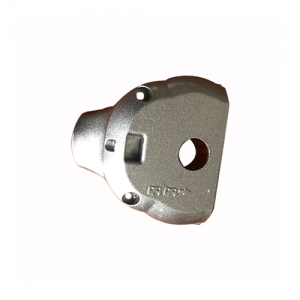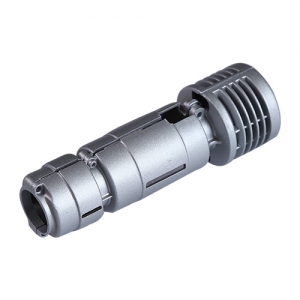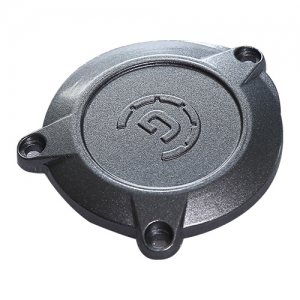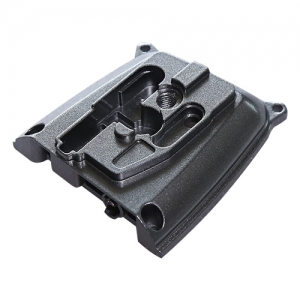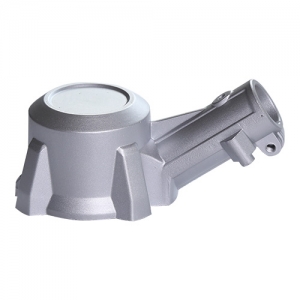Magnesium alloy die casting
- Product classification:Tool component
- product labeling:Magnesium alloy die casting
- Times of browsing:Already1035Customer focus
In recent years, magnesium alloy die-casting parts have been used sharply in the automotive industry. Although modern casting processes can produce lightweight products with complex shapes, their mechanical properties are not ideal. The magnesium alloy forging process is a near-net forming technology. It is an ideal method for high material properties. Forging is a method for machining metal mechanical parts or parts blanks under impact or pressure by means of tools or molds. Compared with other processing methods, forging processing has high productivity, forging shape and Good dimensional stability and excellent overall mechanical properties, in addition to forging deformation can eliminate internal defects
In recent years, magnesium alloy die-casting parts have been used sharply in the automotive industry. Although modern casting processes can produce lightweight products with complex shapes, their mechanical properties are not ideal. The magnesium alloy forging process is a near-net forming technology. It is an ideal method for high material properties. Forging is a method for machining metal mechanical parts or parts blanks under impact or pressure by means of tools or molds. Compared with other processing methods, forging processing has high productivity, forging shape and It has good dimensional stability and excellent comprehensive mechanical properties. In addition, forging deformation can eliminate internal defects of materials.
Such as forging holes, compacting and loosening, breaking carbides, so that non-metallic inclusions are distributed along the deformation direction, weakening or eliminating component segregation, thereby obtaining uniform, fine grain structure, and forging technology must be, the casting process can prepare dimensional accuracy High, more complex shapes, but it is difficult to eliminate defects such as looseness, voids, composition segregation and non-metallic inclusions. Machining methods can obtain parts with higher dimensional accuracy and smooth surface, but the metal internal flow lines are often cut off, so The ability to pull and compress alternating stress is poor, and it is prone to stress. The rot-forging process can greatly expand the application prospects of magnesium alloy lightweight materials. Magnesium alloy wheels are a typical example, which can improve the stability of operation while greatly reducing weight. Other properties of the vehicle. At present, the magnesium wheel is divided into cast type and forged type. The cast wheel has low strength and has to increase the wall thickness in order to avoid casting defects. Therefore, the cast magnesium wheel is used instead of the aluminum wheel prepared by forging and melt forging. It is difficult to obtain a weight reduction effect as large as the density difference. In contrast, forged magnesium alloy A wheel is excellent in mechanical properties and free from internal defects, can reduce the thickness, to obtain excellent weight loss results.
Previous page:Magnesium alloy die casting
next page:Aluminum alloy die casting

